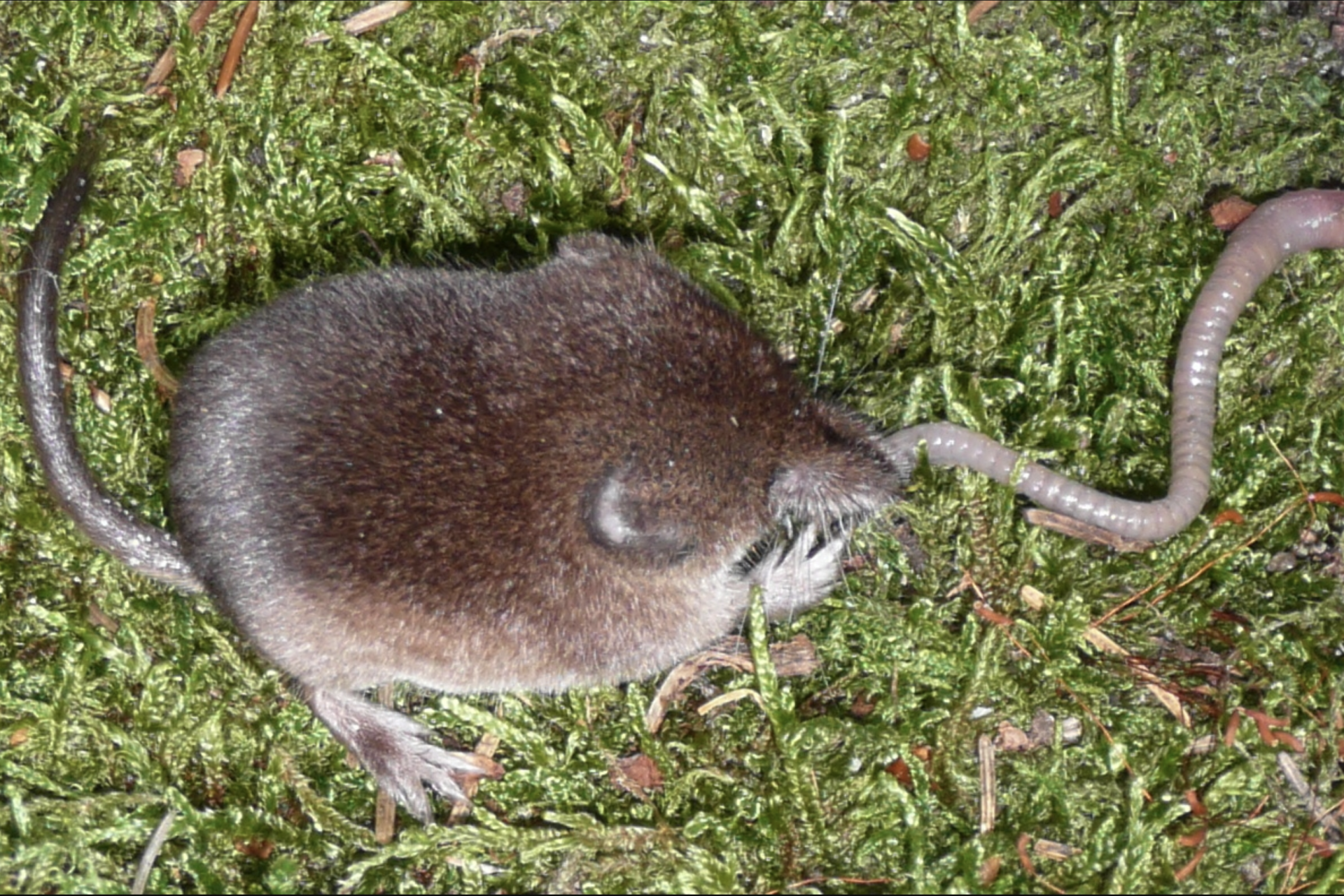Here's how an animal that eats its own brain could save yours one day
Most wild animals face the long winter months by stocking up on provisions and fattening up their bodies before they rest or fleeing to warmer climates to avoid the snow and cold. But there is one animal that takes things to the extreme, and you'll never guess what it does.
The common shrew may not look as hardcore as a brown bear or as tough as a mountain lion, but it puts most other animals to shame because of the way it harnesses the power of its own body to survive through the winter.
In order to reduce its calories and survive the colder winter months, the common shrew actually eats away at its own brain to reduce the size of its organ by as much as one-fourth, only to regrow much of that lost brain size when spring arrives.
This self-cannibalization process is known as Dehnel’s phenomenon and was discovered by August Dehnel in 1949 after he noticed that shrew skulls collected in Poland and Belarus contracted and expanded with the seasons.
“It’s a crazy animal,” explained Dina Dechmann, a behavioral ecologist at the Max Planck Institute of Animal Behavior in Germany. “We can learn a lot from the shrews.”
The most important thing we can learn from the shrew is the process behind how the tiny animal is able to regrow its brain material, something previously thought impossible in mammals.
Understanding how to regrow brain tissue in the shrew could help doctors and researchers treat Alzheimer’s, Multiple Sclerosis, and a host of other neurodegenerative diseases that decreases the size of the human brain.
“In the beginning, I couldn’t quite grasp it,” said John Dirk Nieland, an associate professor of health science and technology at Aalborg University who works with Dina Dechmann and—according to Washington Post journalist Dino Gandoni— is currently researching drugs designed to mimic the shrews’ unique brain chemistry in humans.
“It’s really amazing the way they react and the way they respond,” Nieland added. But the shrew's ability to reduce its brain size at will does come at a cost.
In an experiment designed to test the animal's ability to locate food, Dina Dechmann’s team found that larger-brained shrews performed better than their smaller-brained counterparts.
“It’s a compromise,” Dechmann stated. “You make your brain smaller, you save energy, but you become — I don’t want to say stupid, but you become less good at solving certain learning tasks.”
The real magic, however, is in how the shrew's brain reduction and regrowth doesn’t seem to affect its long-term intelligence.
As smaller-brained shrews regrew their brain material it was evident that their ability to solve Dechmann’s lab experiments returned, showing that it may be possible to regrow brain material in humans and return them to a pre-neurodegenerative state of cognition.
The next step for Dechmann and her team is to figure out exactly how the shrew's brain reduction process works.
According to Dechmann, the shrew's brain regrowth doesn't appear to be uniform, meaning that some areas of the shrew’s brain don’t return to their pre-winter size. “We are far from applied results,” Dechmann cautioned, but the team is optimistic.
John Dirk Nieland is already working on a possible drug and noted that “we could maybe use these pathways also to treat brain diseases.”
More for you
Top Stories





























